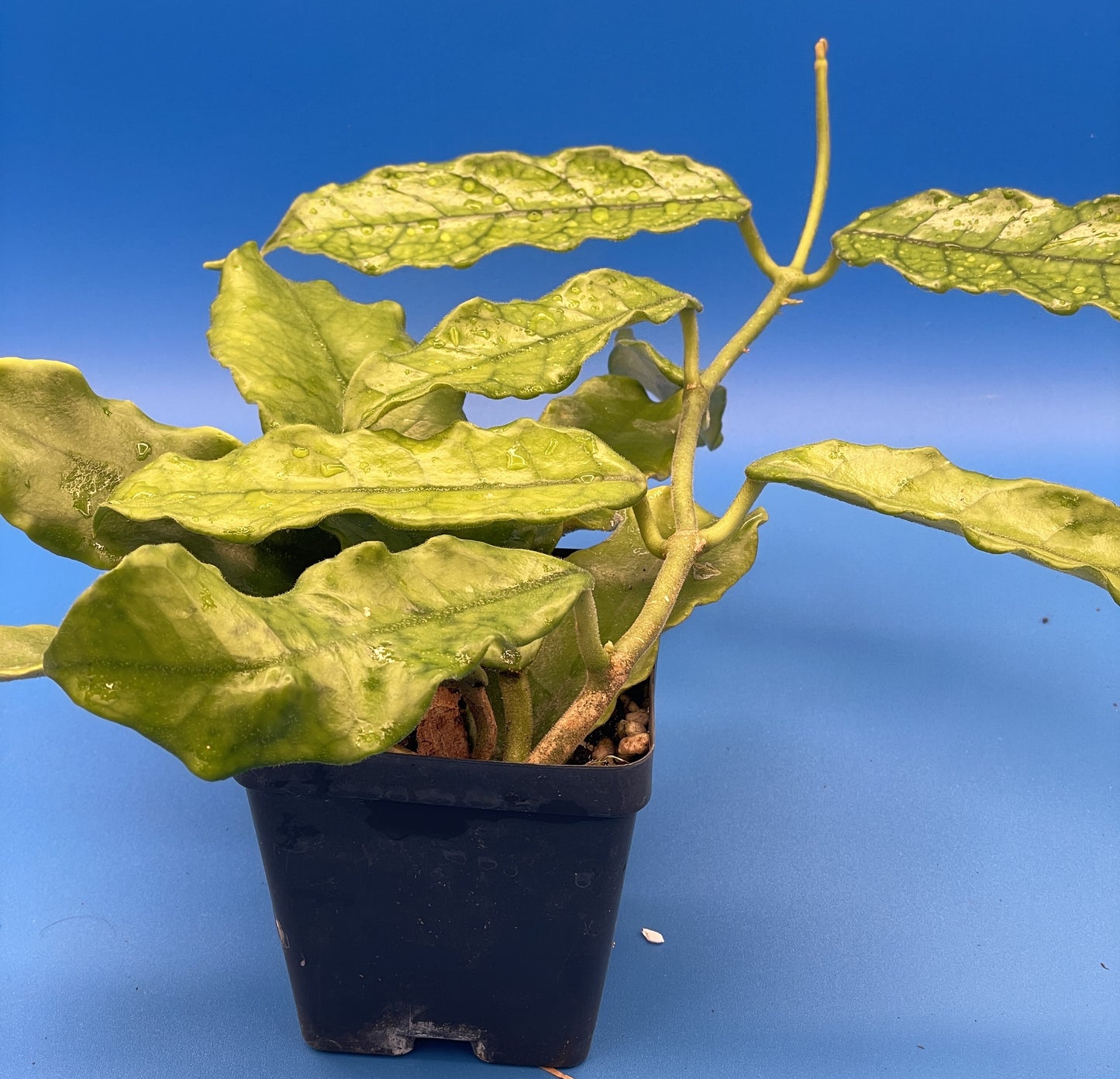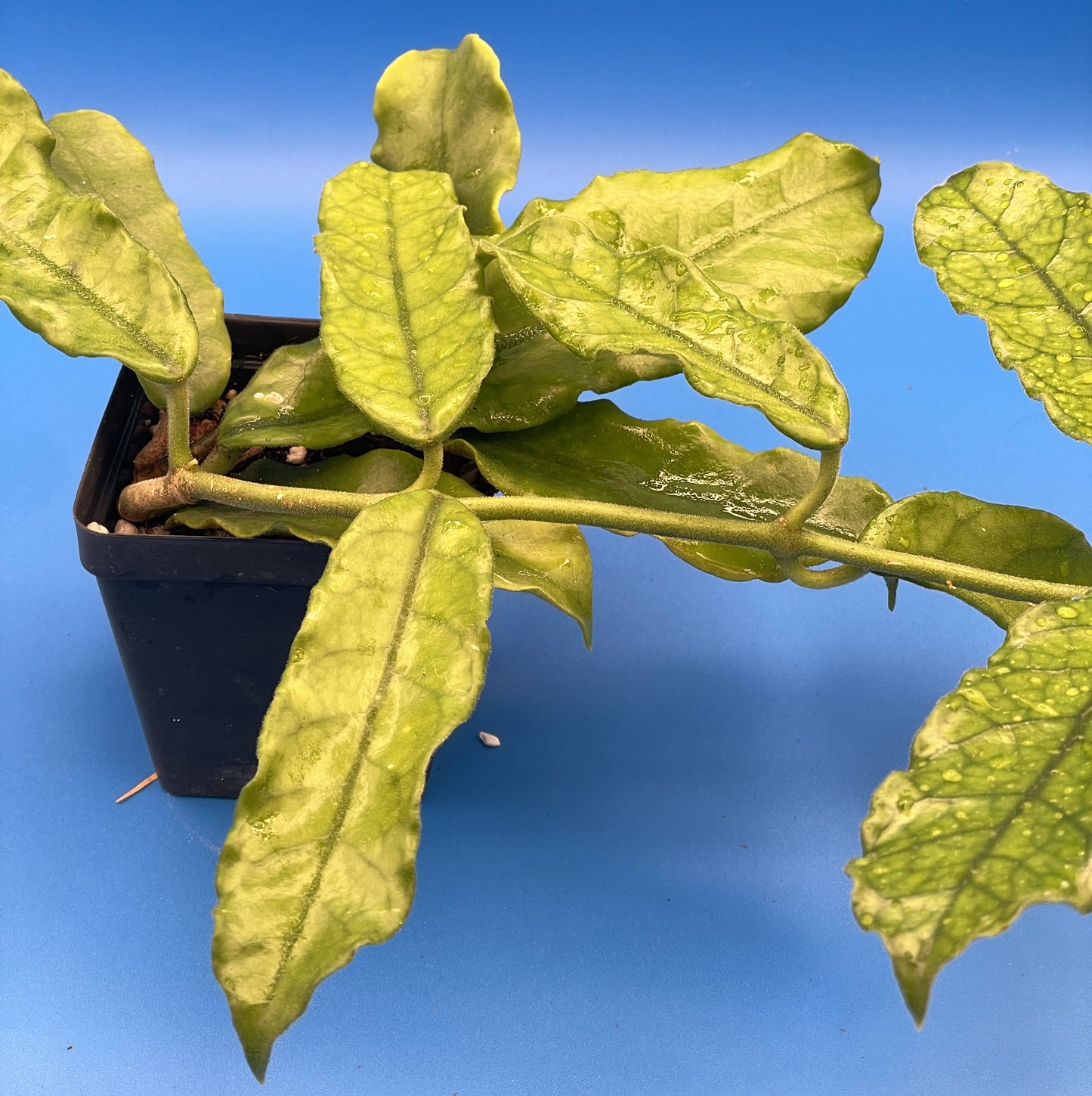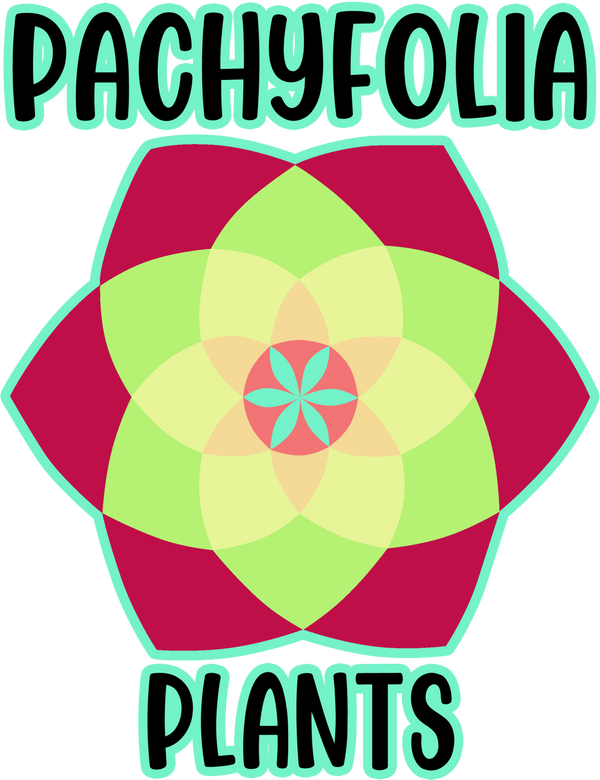1
/
of
6
Pachyfolia Plants
Hoya Globulosa Grown In 3.5" Pots - Very Healthy - Flowering Size - Velvet Fuzzy Leaves ! - No Shipping To California Or Arizona!
Hoya Globulosa Grown In 3.5" Pots - Very Healthy - Flowering Size - Velvet Fuzzy Leaves ! - No Shipping To California Or Arizona!
Regular price
$39.99 USD
Regular price
Sale price
$39.99 USD
Unit price
/
per
Couldn't load pickup availability
Name: Hoya globulosa
Scientific Name: Hoya globulosa
Family: Apocynaceae
Product Description:
Leaves are just like natures Charmin! LOL! Just kidding!🤣😁 (Not a good substitute***😂😂😂)
Broad and long green leaves with dark veining and covered in short fuzzy hairs litter the vining stems of this hoya. The darker veins can give the top of the leaf an alligator skin like pattern. This variety tends to be a little more sensitive to over watering than other hoyas and will let you know with yellowing leaves that will eventually fall of; less is more with this hoya. Popular as a house plant because of its low maintenance and the long trailing growth that is commonly in bloom with umbels of fuzzy star shaped flowers.
Origination: Asia
Recommended Uses: Ornamental
Height/Length: 24-36 in (60-90 cm)
Hardiness: USDA 9-10
Flower Color: White, off-white
Other Names: fuzzy wax plant
Growing Instructions:
Low Water, Part-sun, Part-Shade, 60–85 °F. Hoyas in general are easy to care for, but there are some basic tips to keep in mind when caring for and choosing a location for your hoya. Hoyas can tolerate a fairly long time without water, this variety even more so, due to their succulent like nature. Overwatering will lead to yellowing leaves, that will not re-green, and will fall off leaving the stem bare. Generally, only watering a few times during the spring/summer season, and almost never during the winter has given us the best results. Hoyas love well-draining soil and do not want constantly wet roots, so watering only when the soil is completely dry is recommended. They do well indoors but will need light to grow well, although they will survive without direct sun. Optimal lighting conditions are often described as dappled light or morning sun. Outdoors they should be protected from frost and intense sun but otherwise will typically do very well on their own.
Share











